Equipment
Bridgestone’s 2013 E5, E6 and E7 golf balls
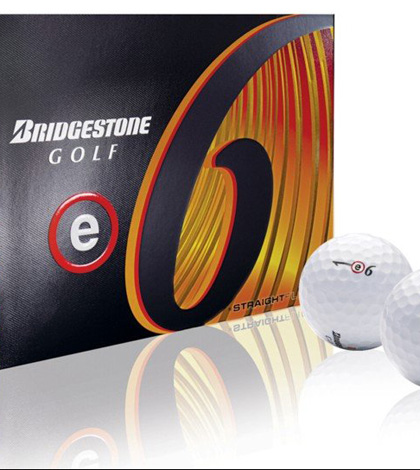
At $26.99 per dozen, Bridgestone’s new E Series golf balls for 2013 won’t provide the same amount of spin and trajectory control as the company’s more expensive tour-caliber golf balls, but for some golfers that could be a good thing. Thanks to swing-speed specific constructions and aerodynamics, the E Series balls will actually help certain golfers hit their shots farther and straighter than they would with tour models.
All golf balls are made to come off the driver with maximum speed, but different balls are created with different materials and constructions that change launch angle and spin. As a general rule, golfers with less swing speed need more spin off their driver to maximize carry distance. Golfers with faster swing speeds and those who struggle with slices and hooks need a golf ball that spins less off the driver.
Bridgestone E5
Target: Golfers with a swing speed around 90 mph.
Construction: To make up for these golfer’s slower swing speeds, which is about 15 to 20 mph less than most PGA Tour players, the E5 is made to spin more off the driver than tour-quality golf balls to help golfers with slower swing speeds hit their drives farther.
“If you’re playing a tour-quality golf ball with a 90 mph swing speed, you’re sacrificing a significant amount of carry distance because the ball is not staying in the air long enough,” said Corey Consuegra, Bridgestone’s golf ball marketing manager.
While the E5 is a two-piece golf ball, it features a urethane cover, a trademark of higher-priced, multi-layer golf balls. Not only does the urethane cover help the E5 spin like higher-priced golf balls around the green — it adds much needed spin with the driver as well.
The E5 also lacks the spin-reducing middle layer featured on the E6 and E7 models, which will give golfers a higher launch and more spin with their woods, hybrids, irons and wedges than the other balls in the line.
Aerodynamics: As with all the 2013 E Series golf balls, the E5 features Bridgestone’s new 226-dimple pattern. It has four less dimples than the previous pattern, which allows the surface coverage to be expanded by 2.5 percent. The E5’s dimples are also shallower than those on the 2011 E5, which gives the ball a higher trajectory for longer carry distances.
Bridgestone E6
Target: Golfers who hook and slice the ball.
Construction: The E6 is Bridgestone’s “spin killer,” which helps golfers who slice and hook the ball reduce spin to hit it farther and straighter. That’s why each of the golf’s balls three layers was designed to help golfers lower the spin on their shots with every club in the bag.
As a general rule, lower compression almost always equates to less spin off the tee. That’s why the E6 has a compression around 50, more than 20 points lower than the compression of the E5, which Consuegra said makes it the softest multi-layer golf ball on the market. While the ball’s surlyn cover won’t spin as much around the greens as the E5’s urethane cover, it is 3 percent softer than the cover on the 2011 model, which gives it a little more check around the greens.
Aerodynamics: The E6’s dimples are deeper than previous models for a lower, straighter trajectory that will be less prone to hook or slice.
Bridgestone E7
Target: Golfers with swing speeds around 100 mph who hit the ball fairly straight.
Construction: The E7 has the firmest compression of all the E Series golf balls – around 75. This gives the E7 a lower trajectory than the lower compression E5 and E6 golf balls.
Golfers with a swing speed around 100 mph who struggle with control might choose Bridgestone’s E6 for its straightness off the tee. However, golfers with swing speeds in that range who hit the ball fairly straight will get more distance with their driver with the E7 because of its firmer core, which was tweaked to be firmer than the 2011 version.
Like the E6, the E7 has a surlyn cover, which means it won’t spin as much on wedge shots as the E5 or other urethane-covered balls.
Aerodynamics: The E7 has four percent shallower dimples than the previous model to push the flight higher.
- LIKE36
- LEGIT5
- WOW5
- LOL6
- IDHT5
- FLOP2
- OB1
- SHANK1
Whats in the Bag
Alejandro Tosti WITB 2024 (April)
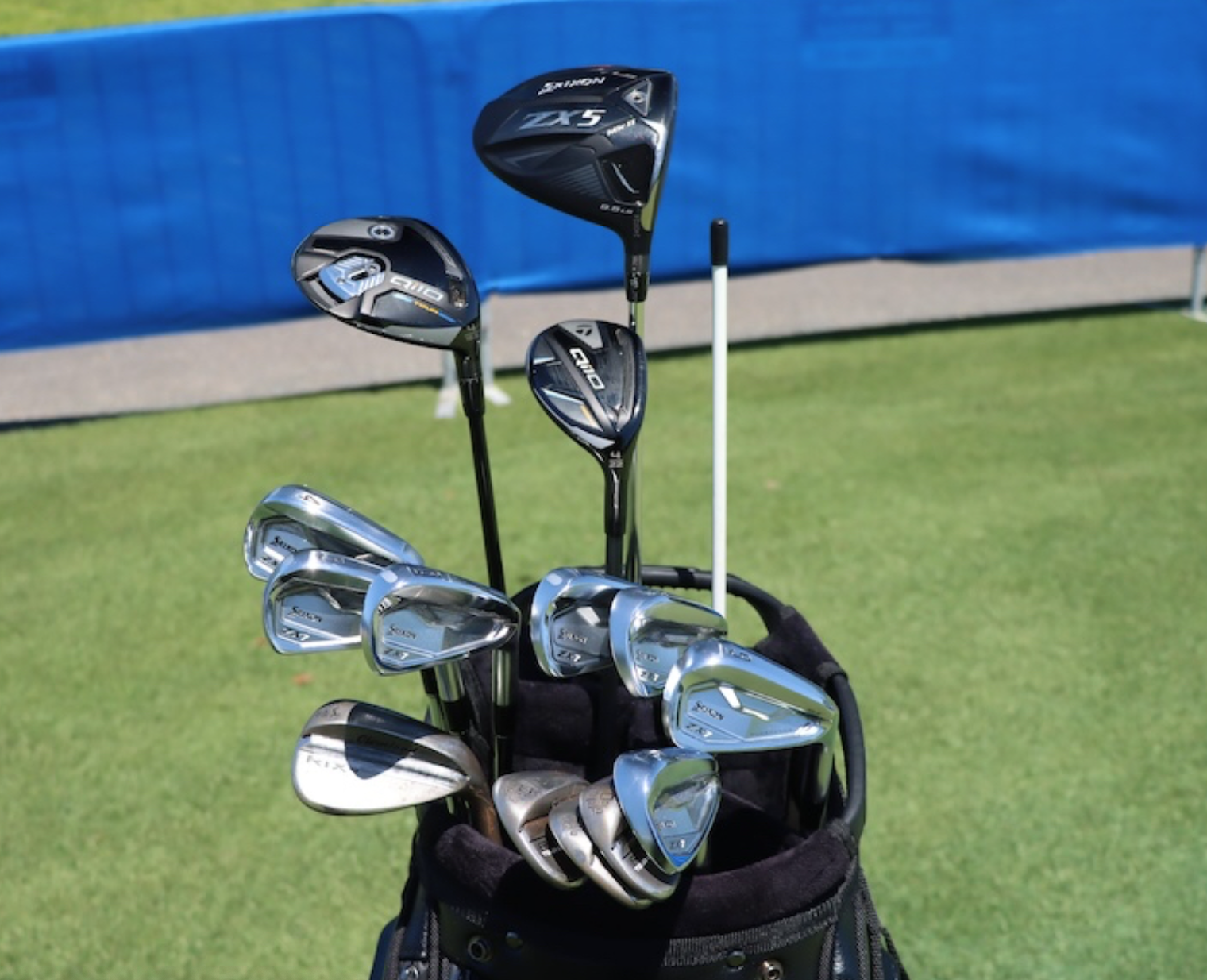
- Alejandro Tosti what’s in the bag accurate as of the Zurich Classic.
Driver: Srixon ZX5 Mk II LS (9.5 degrees @10.5)
Shaft: Project X HZRDUS T1100 75 6.5
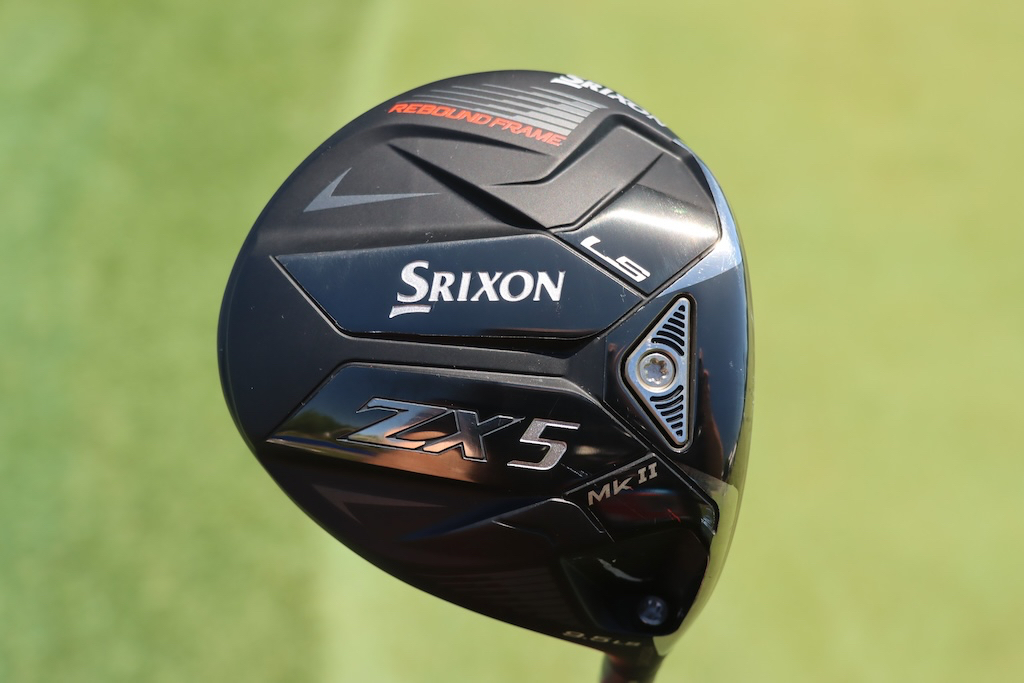
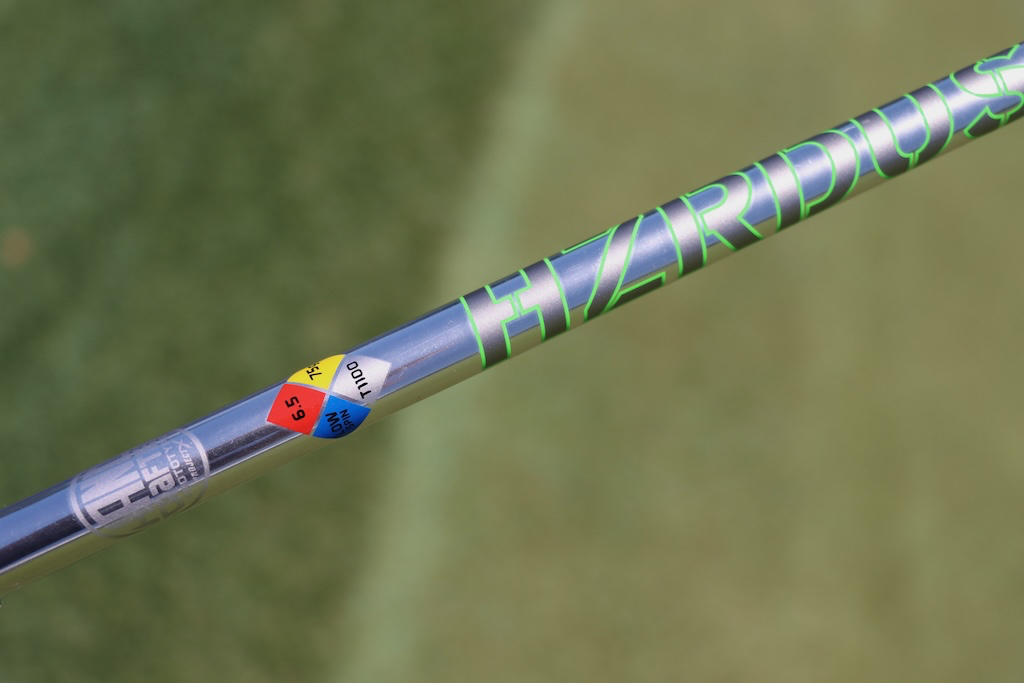
3-wood: TaylorMade Qi10 Tour
Shaft: Project X HZRDUS Black 80 TX
Hybrid: TaylorMade Qi10 Tour Rescue (22 degrees)
Shaft: Project X HZRDUS Smoke Black RDX 6.5 100
Irons: Srixon ZX7 Mk II (4-PW)
Shafts: True Temper Dynamic Gold Mid Tour Issue X100
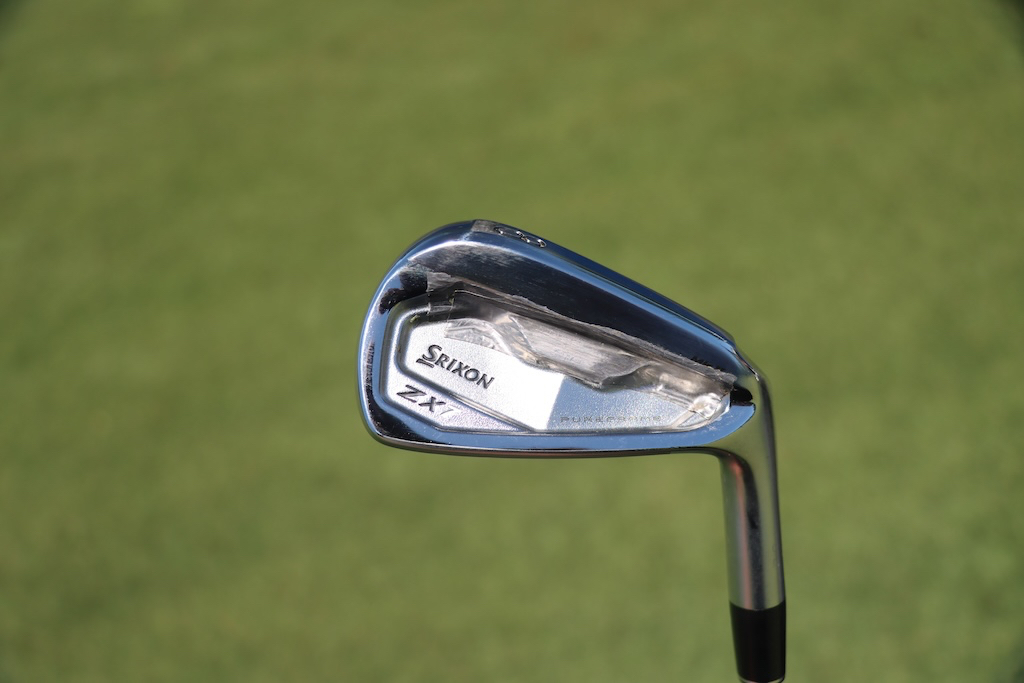
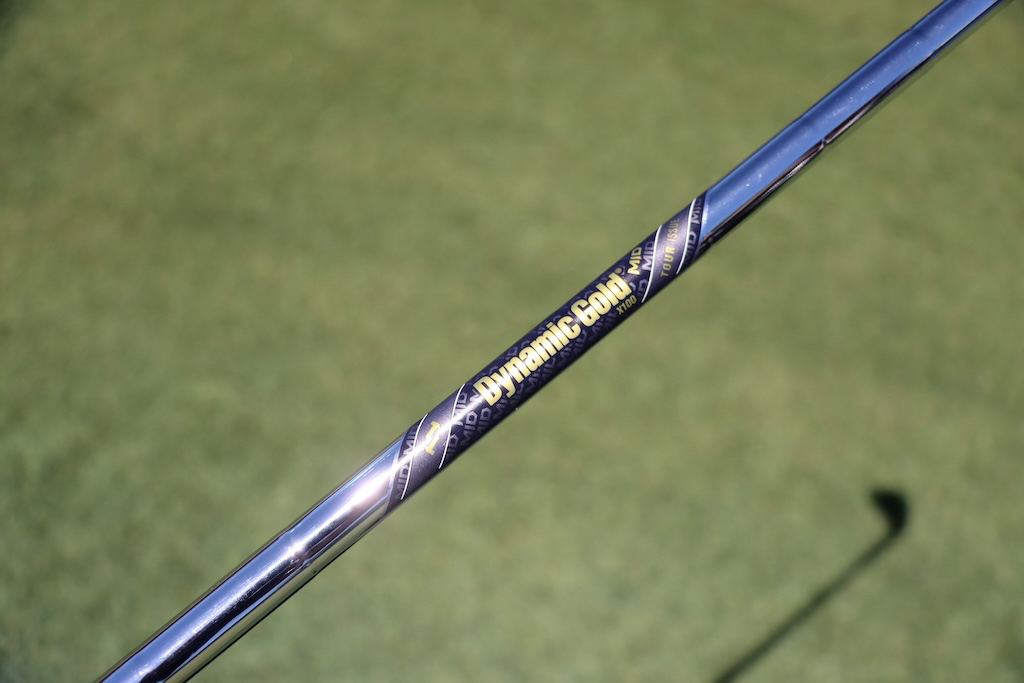
Wedges: Cleveland RTX6 ZipCore Tour Rack (50-10 MID, 54-10 MID, 58-10 MID, 60-06 LOW)
Shafts: True Temper Dynamic Gold Mid Tour Issue X100, S400
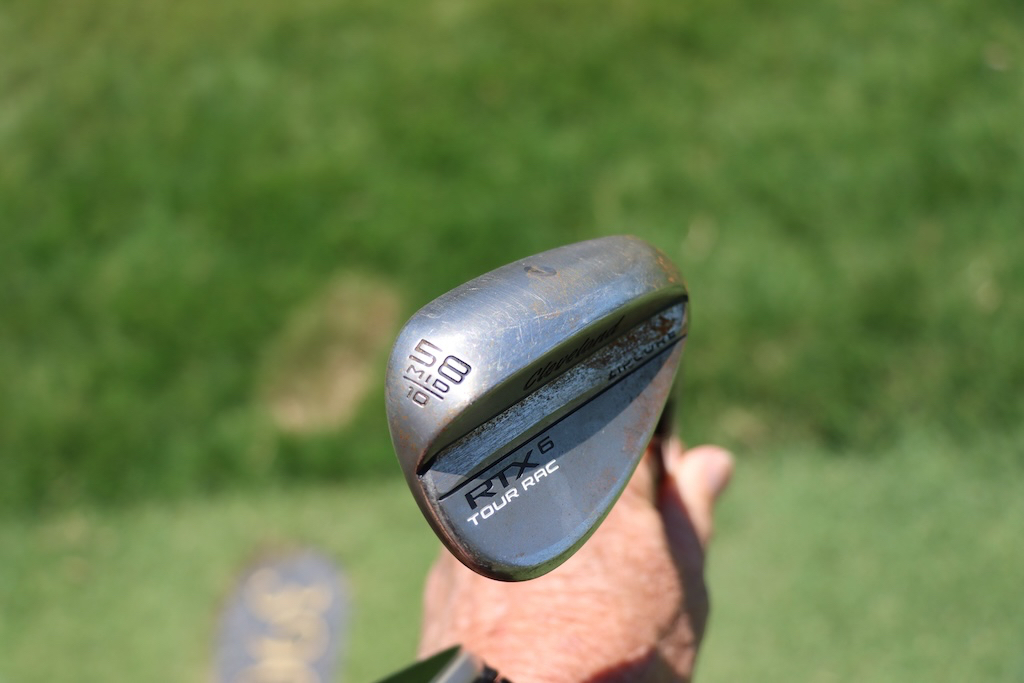
Putter: Scotty Cameron
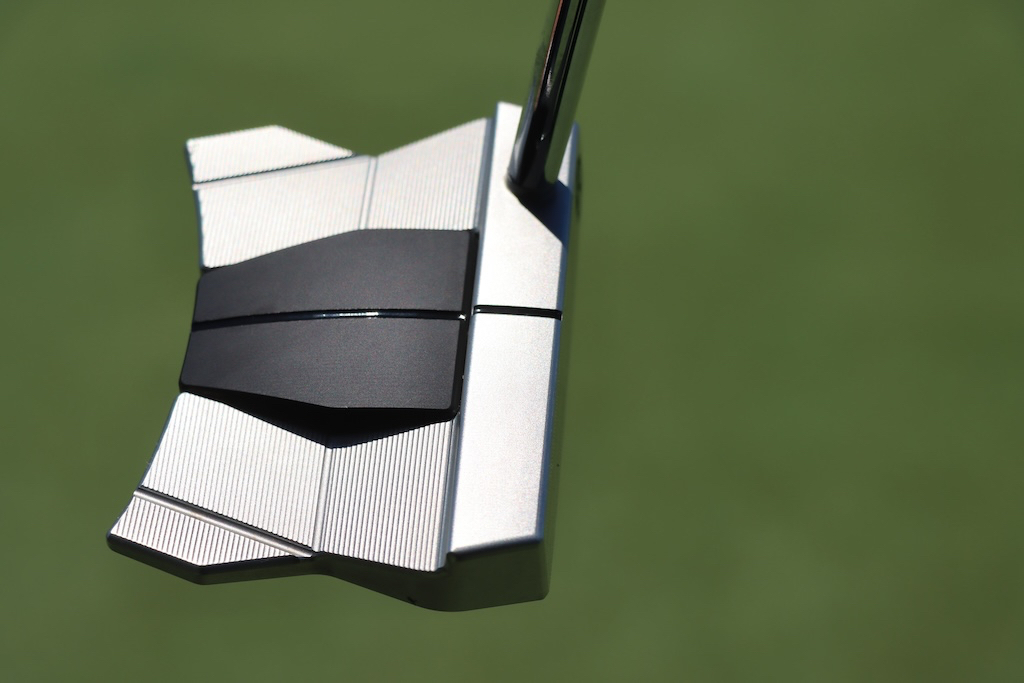
Grips: Golf Pride MCC Plus4
Check out more in-hand photos of Alejandro Tosti’s WITB in the forums.
- LIKE0
- LEGIT0
- WOW0
- LOL0
- IDHT0
- FLOP0
- OB0
- SHANK0
Whats in the Bag
Drew Brees WITB 2024 (April)
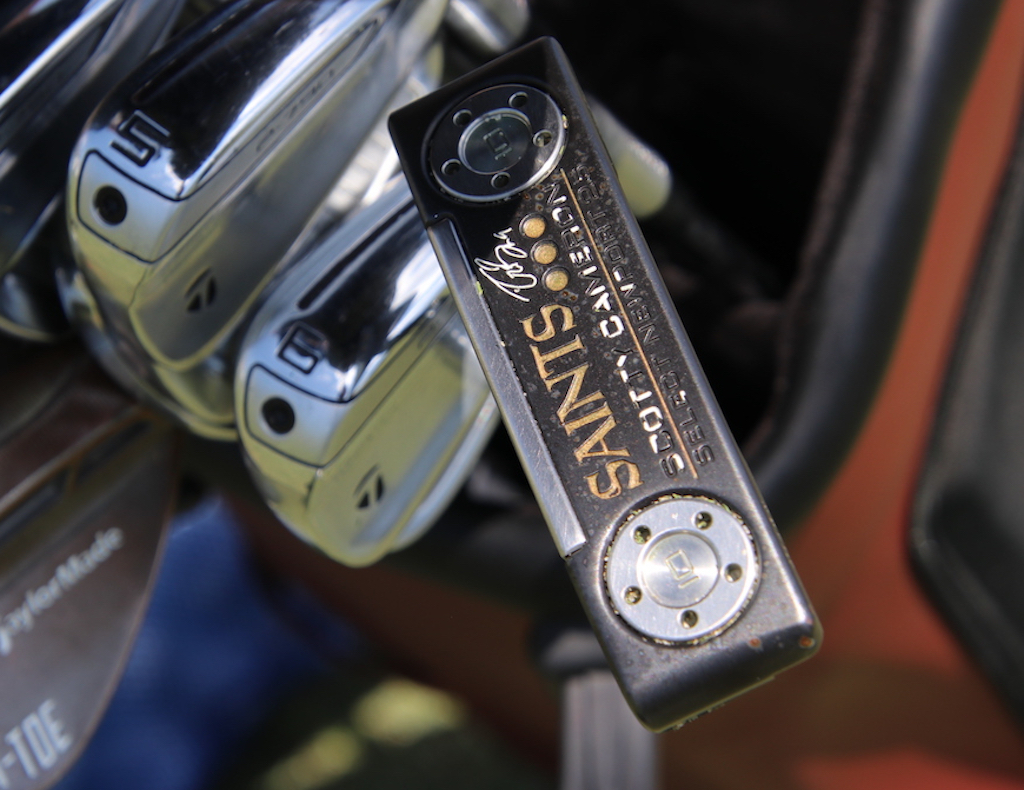
View this post on Instagram
Driver: TaylorMade Stealth 2 Plus (10.5 degrees)
Mini driver: TaylorMade BRNR Mini Copper (13.5 degrees)
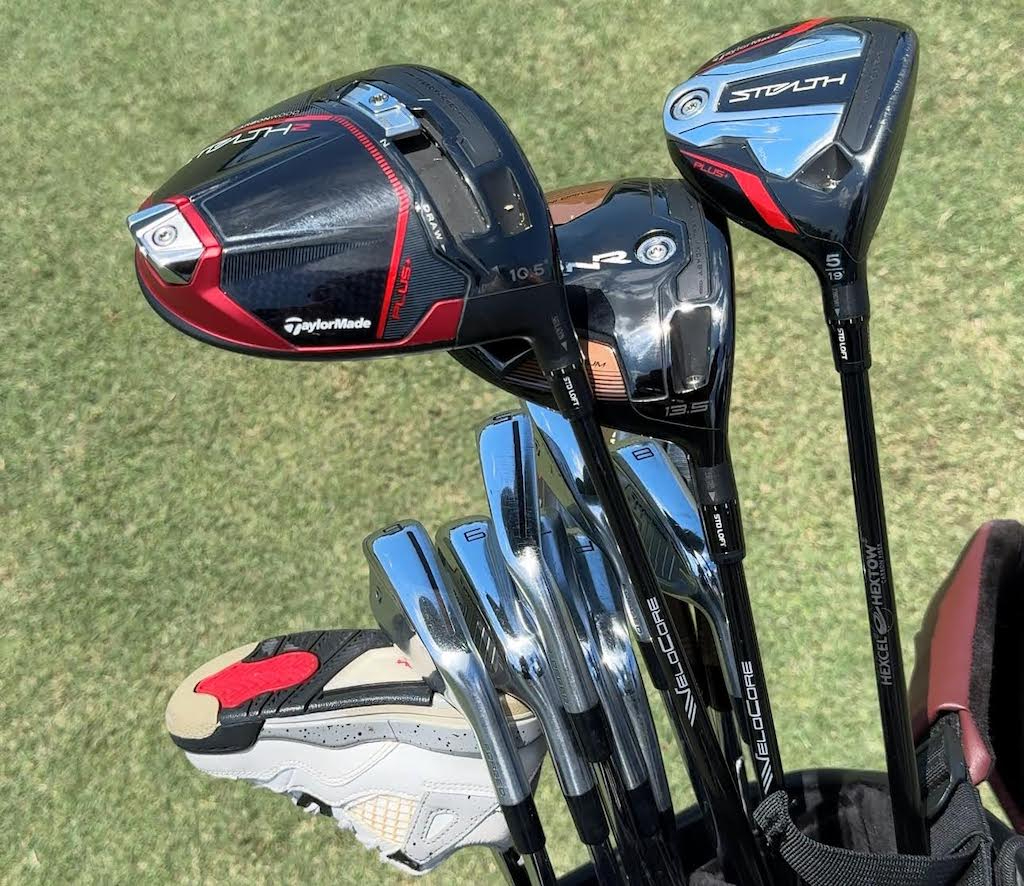
5-wood: TaylorMade Stealth Plus (19 degrees)
Irons: TaylorMade P790 (4-8, PW), TaylorMade P760 (9)
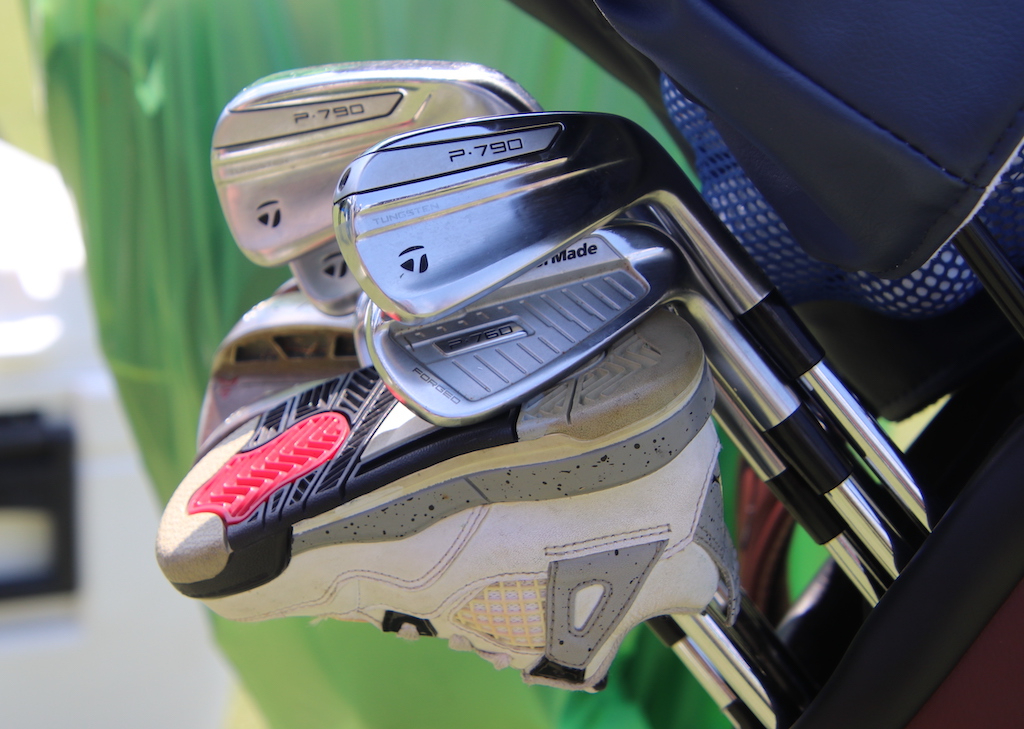
Wedges: TaylorMade MG Hi-Toe (52-09, 56-10, 60)
Putter: Scotty Cameron Select Newport 2 Prototype

Check out more in-hand photos of Drew Brees’ clubs here.
- LIKE0
- LEGIT0
- WOW0
- LOL0
- IDHT0
- FLOP0
- OB0
- SHANK0
Equipment
Putter Roundup: 2024 Zurich Classic of New Orleans
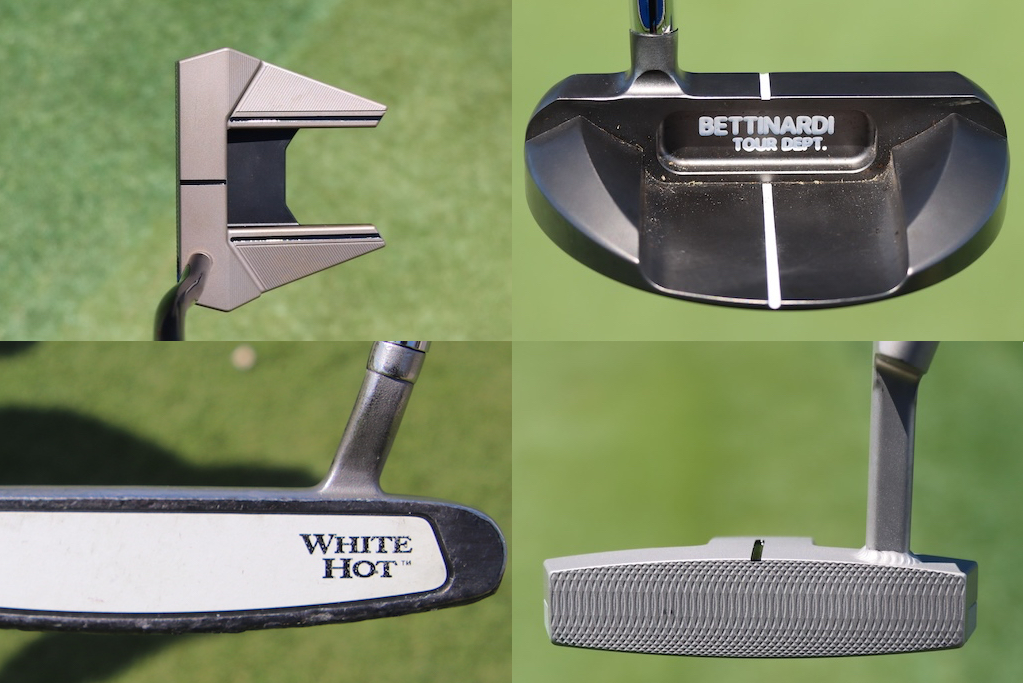
We always get some great photos of some phenomenal putters at tour events and love to share them. Here are a few from the 2024 Zurich Classic that caught our eye and seemed interesting. (And as a reminder, you can check out all our photos from New Orleans here)
MJ Daffue’s Scotty Cameron T-11 Prototype
MJ is going with the new Scotty Cameron T-11 Prototype this week. The putter is a multi-piece mallet that puts an emphasis on stability with the wings on the back. Daffue’s putter does have a design that differs from retail with a monotone finish, which eliminates the black paint on the aluminum parts that we see at retail. He also has a half siteline milled into the top and an L-neck welded on for some additional toe hang. The face features a deeper milling that should offer a softer feel and slightly quieter sound.
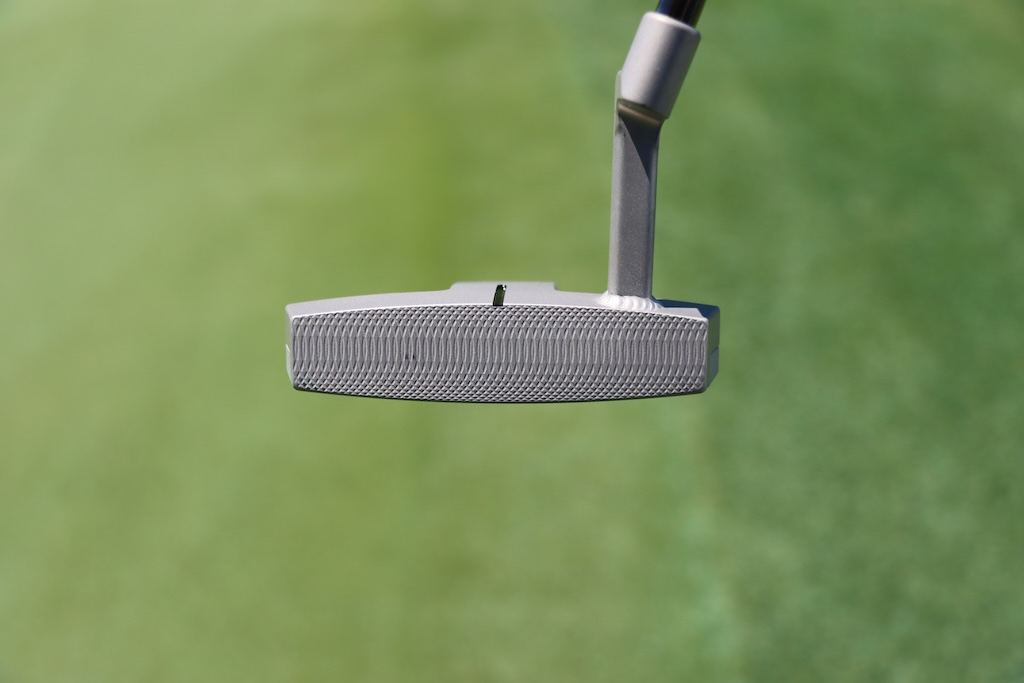
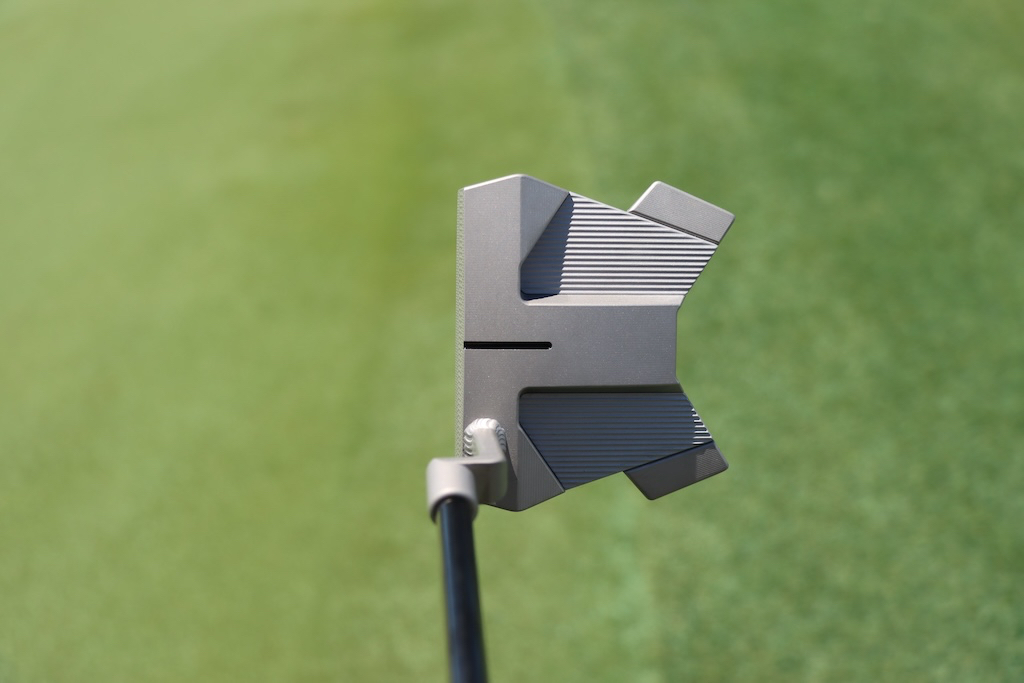
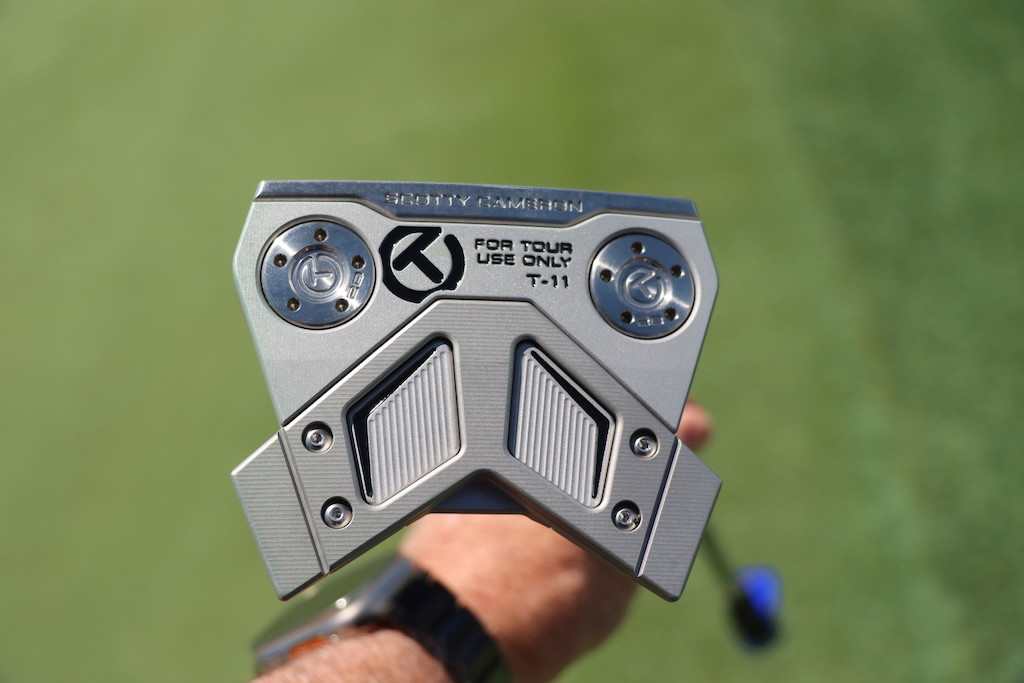
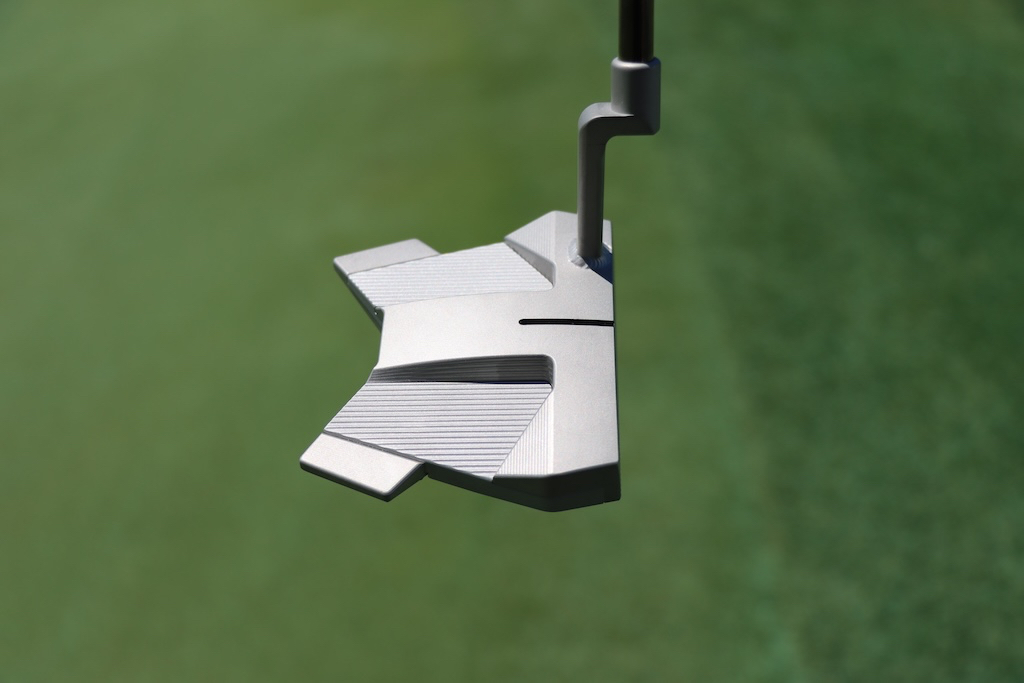
Scotty Cameron T-7.5 Prototype
We spotted a few different Scotty Cameron Phantom models with modified rear flanges. It looks like the straight black flange was cut into a half circle for a little softer look at address. On this T-7.5, you can still see the raw aluminum from the back view, so this might have been a last-minute job to get them out on tour. The semi-circle also has a white line on it, maybe to frame the ball differently.
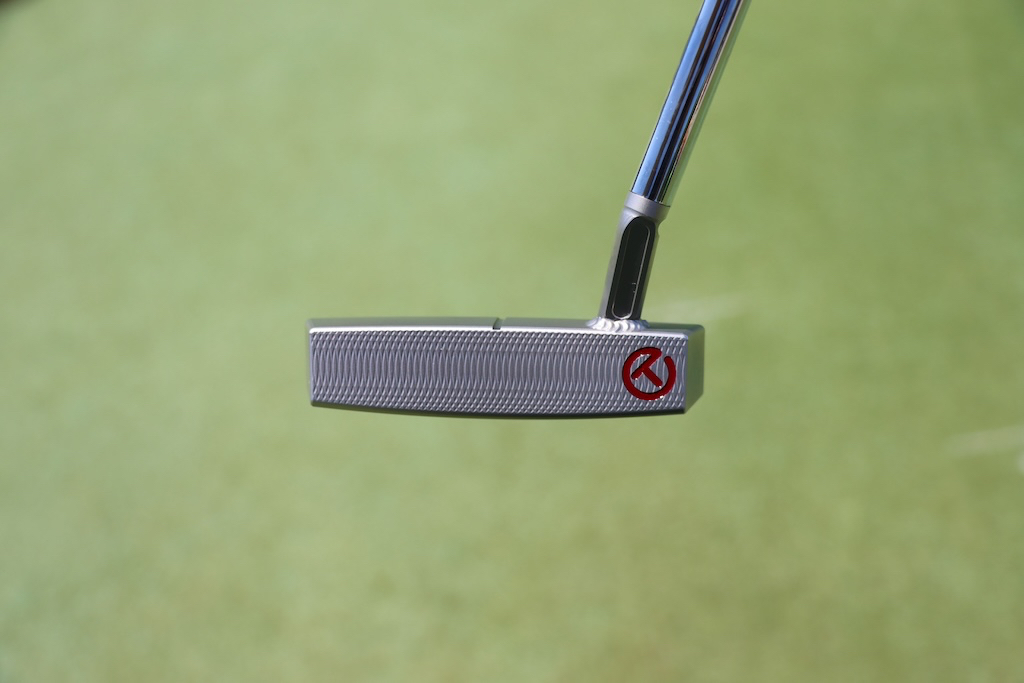
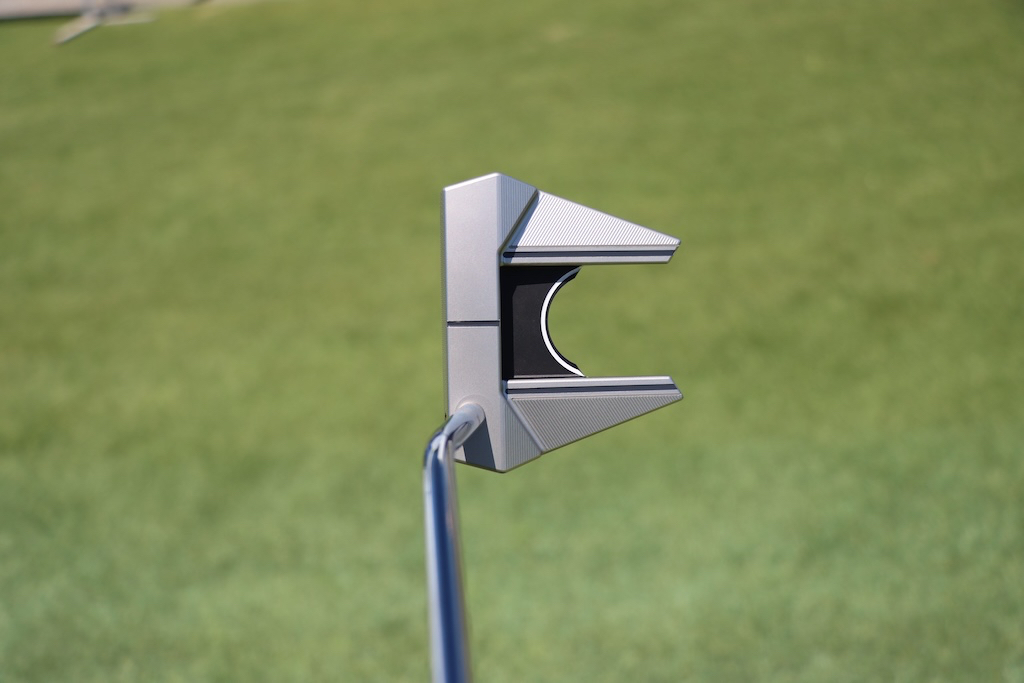
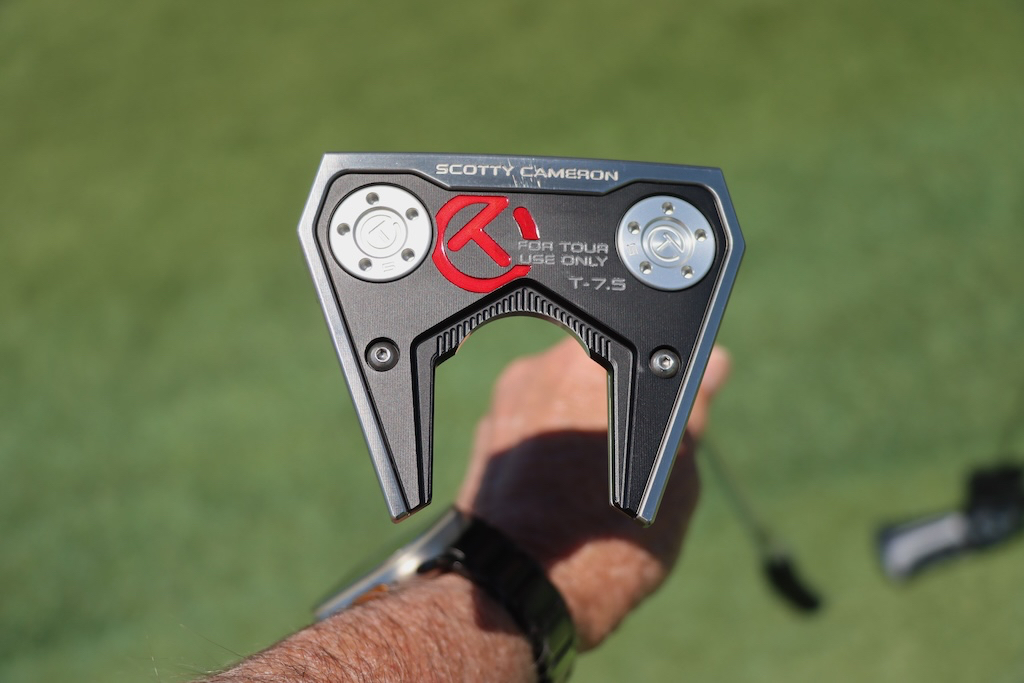
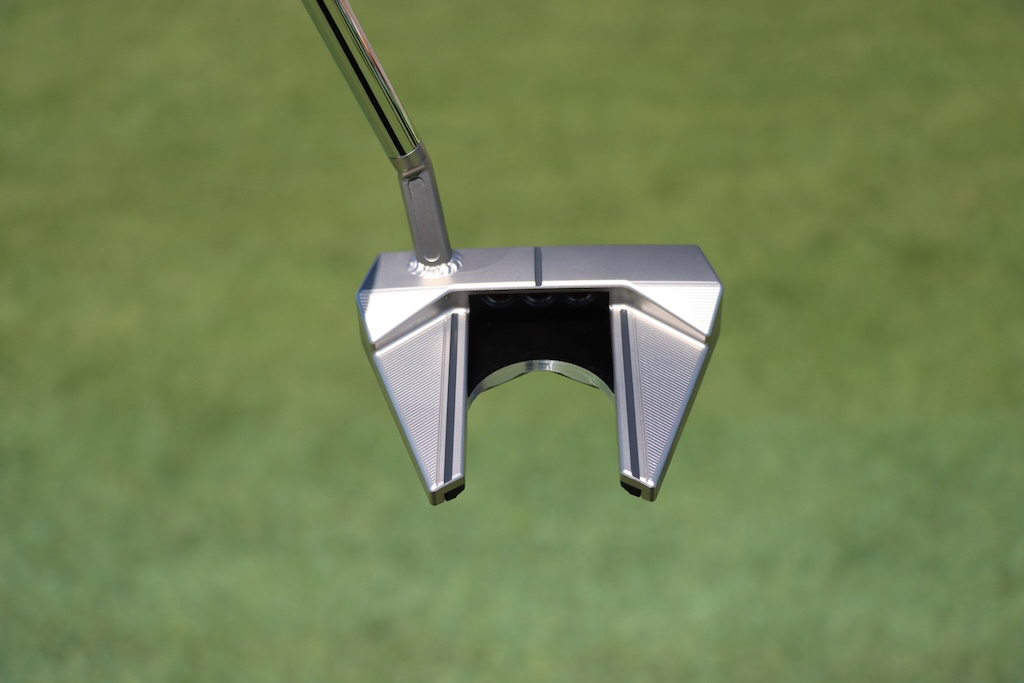
Alex Fitzpatrick’s Bettinardi SS16 DASS
Alex’s SS16 is made from Bettinardi’s famous D.A.S.S., or double-aged stainless steel, for a softer and more responsive feel. The face has a unique diamond pattern milling and features a logo that I feel like I have seen before, but can’t put a name to. The putter is a classic mid-mallet style with a simple, single white siteline on the top. The sole is clean with just the SS16, DASS, and a green triangle logo on it.
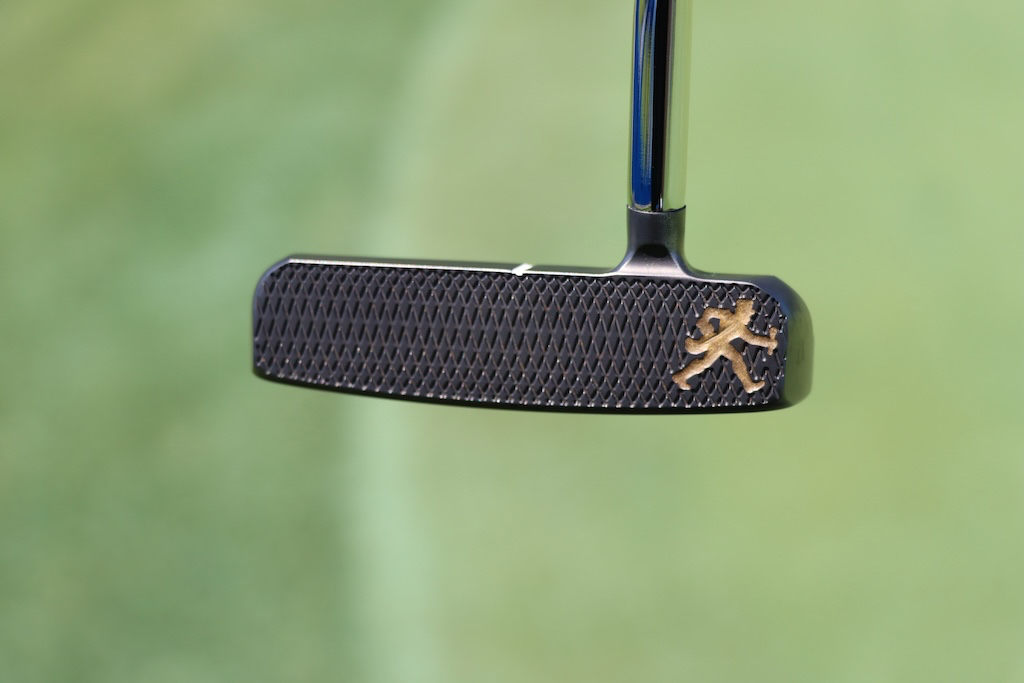
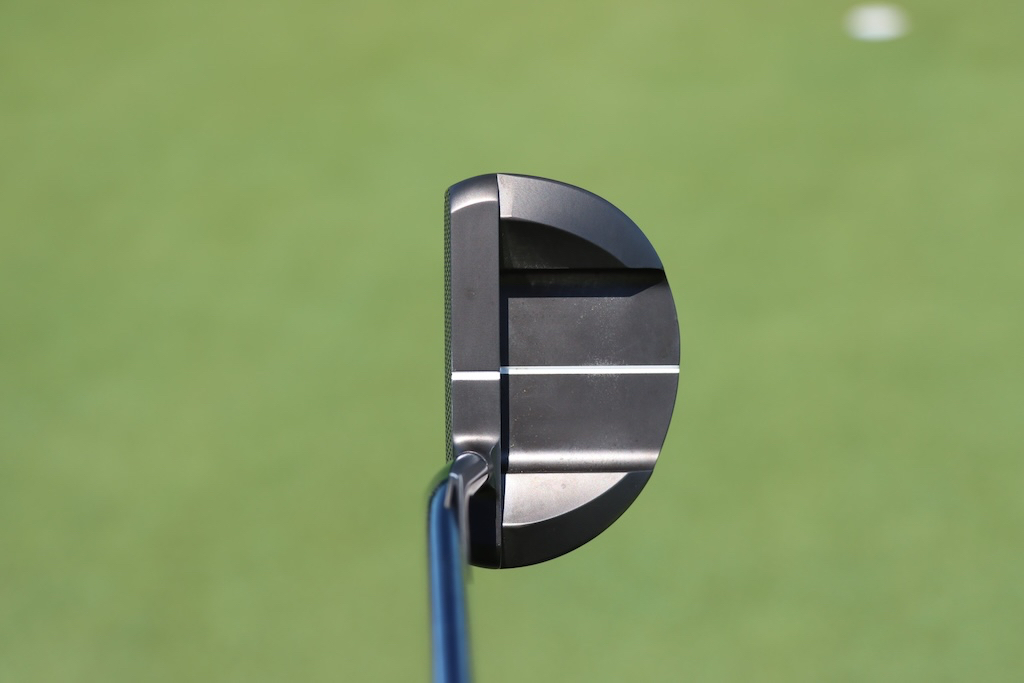

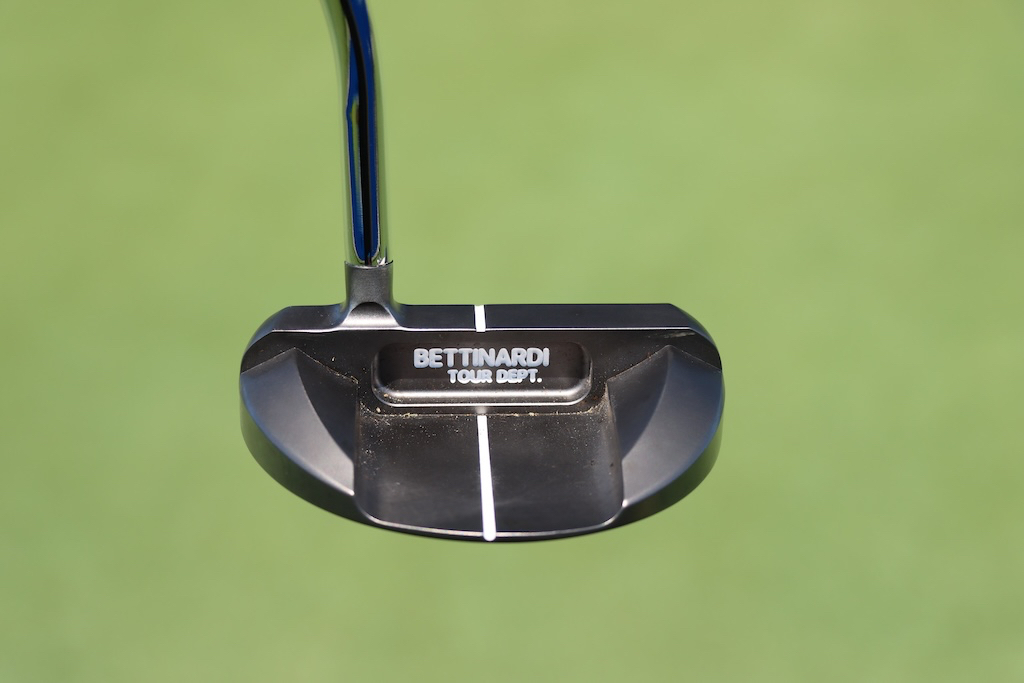
Steve Stricker’s Odyssey White Hot No. 2
This putter has made some amazing putts in its long career! Stricker’s White Hot No. 2 might be in the top 10 of most famous putters in golf. When you see all the dents and lead tape, you know the heel will be up and it will be sinking putts! The soft White Hot insert looks to be in good shape and has less wear on it than the rest of the putter. We don’t know how much lead tape is on the sole, but it has to be multiple layers compacted down over the years.
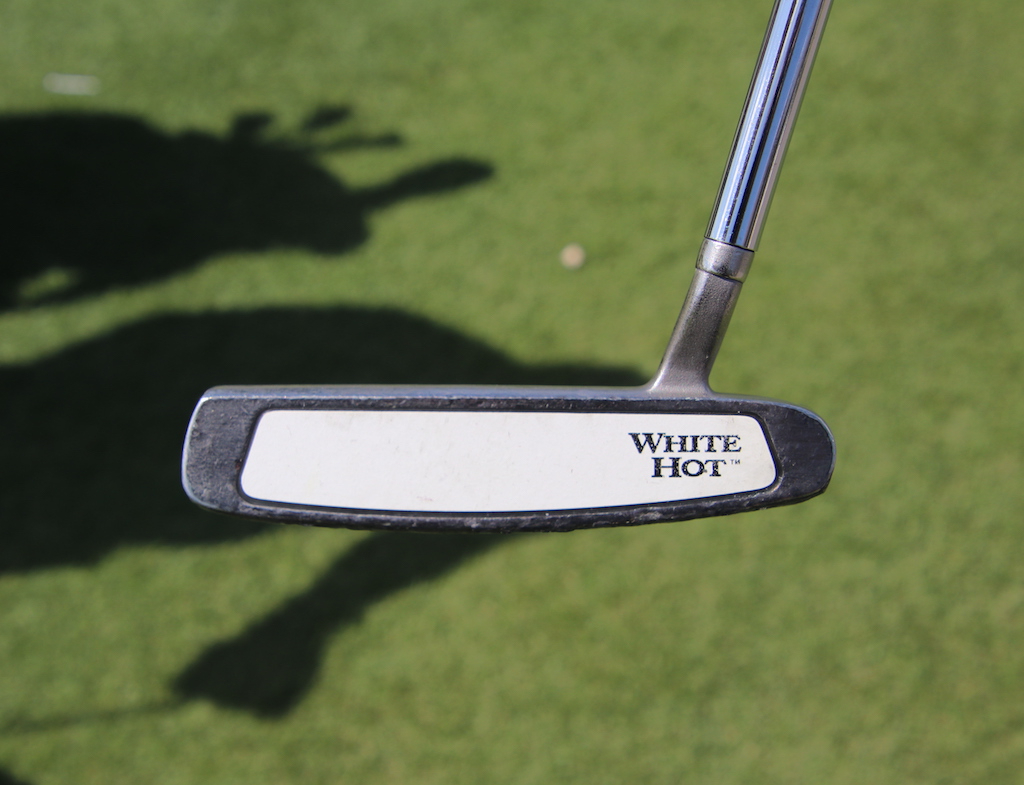


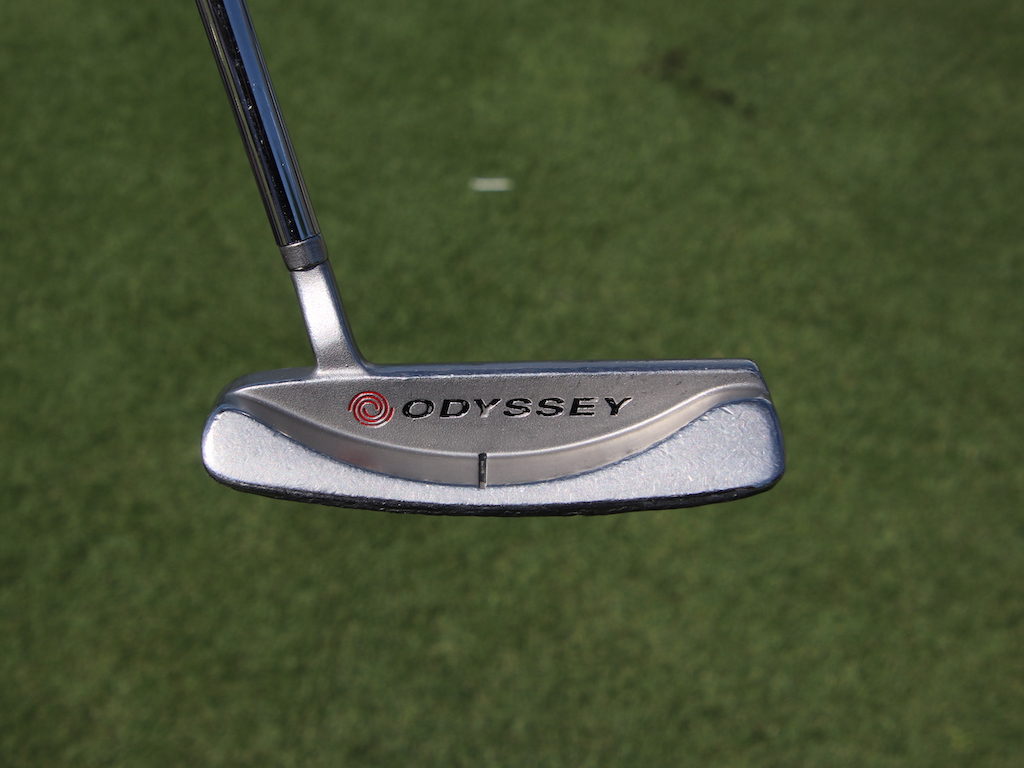
Doug Ghim’s Scotty Cameron T-7 Prototype
This T-7 should win the award for “best color finish” in this list with its deep chromatic bronze. It looks like Scotty added a cherry bomb dot to the heel of the deep-milled face and filled it with a very dark blue paint. The rest of the putter looks pretty stock with its single site line on the topline and twin site lines down the “fangs” of the putter. Twin 5-gram weights are installed in the sole and the putter is finished off with a gloss black double bend shaft with a fill shaft offset.
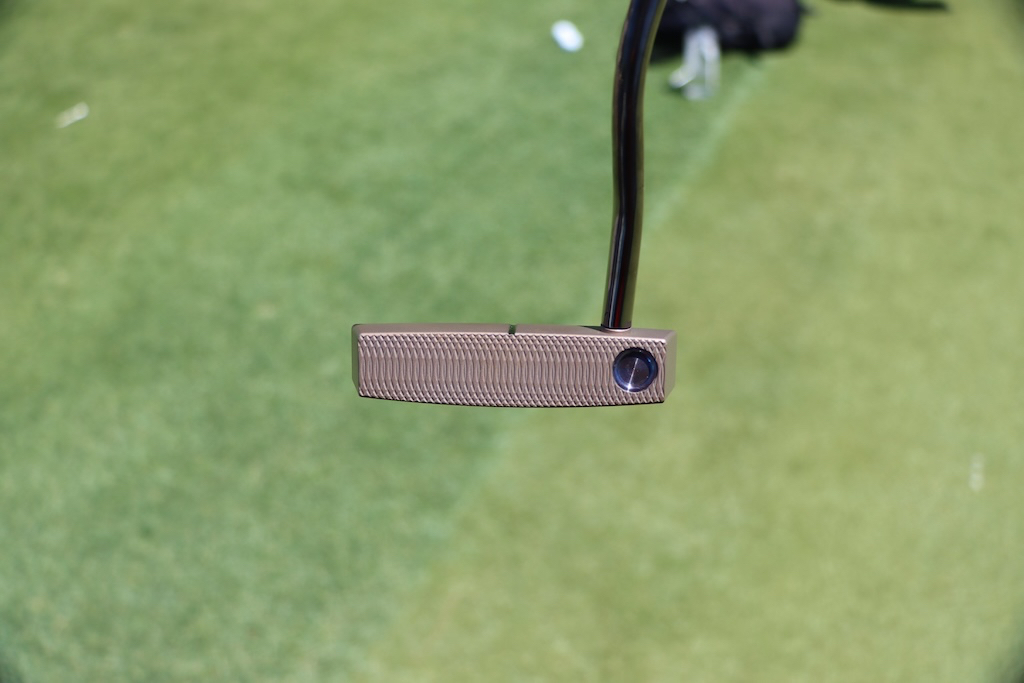
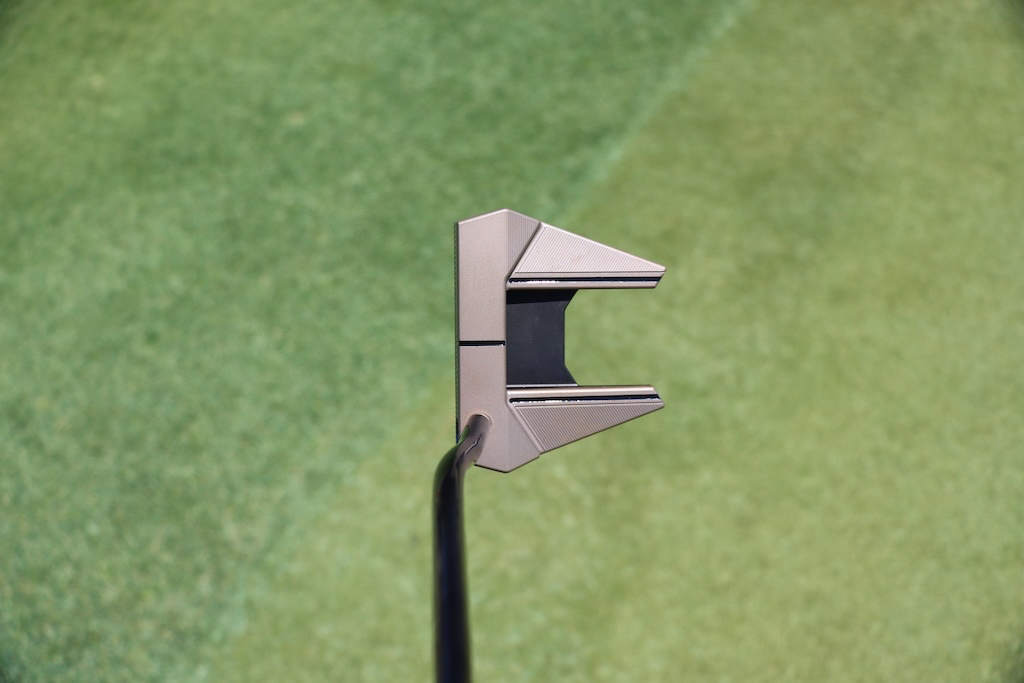
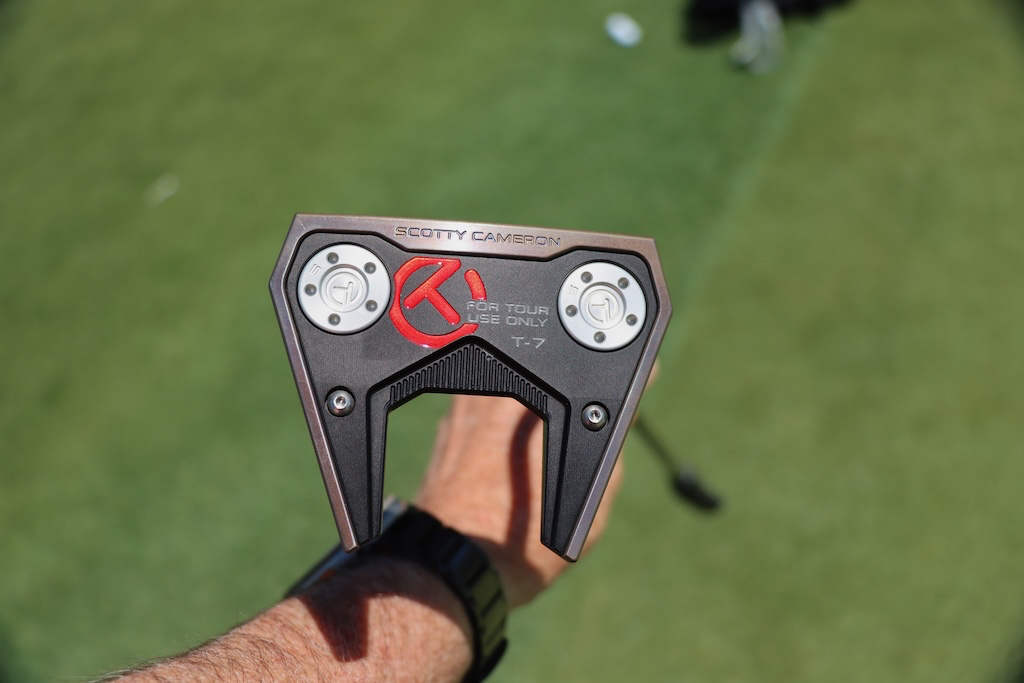
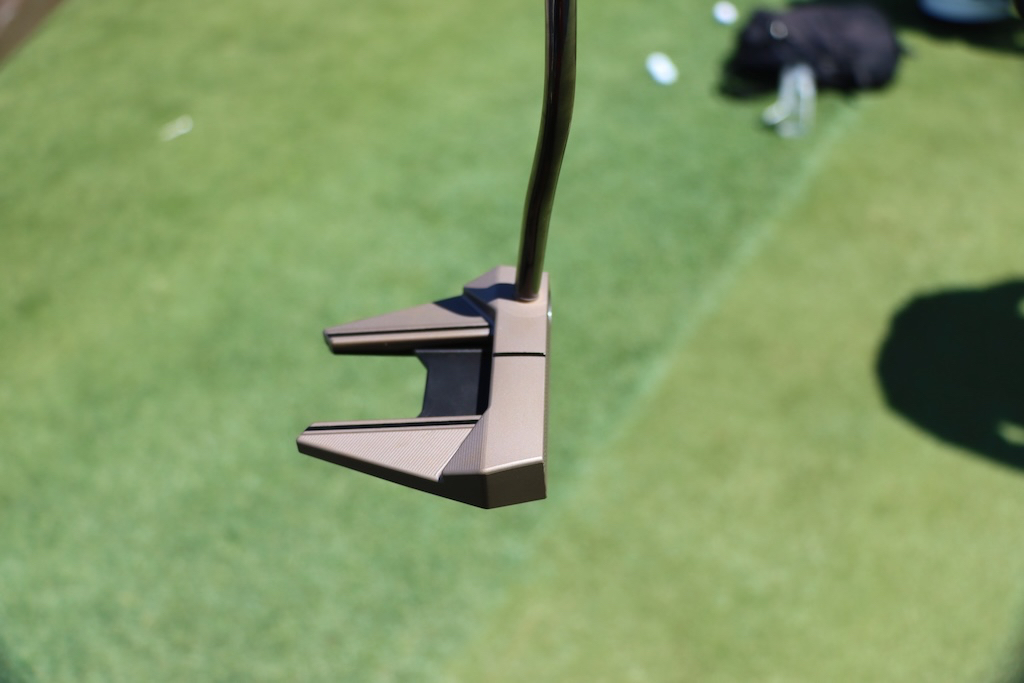
- Check out the rest of our photos from the 2024 Zurich Classic
- LIKE3
- LEGIT0
- WOW0
- LOL0
- IDHT0
- FLOP0
- OB0
- SHANK0
-

 19th Hole2 weeks ago
19th Hole2 weeks agoDave Portnoy places monstrous outright bet for the 2024 Masters
-

 19th Hole3 days ago
19th Hole3 days agoJustin Thomas on the equipment choice of Scottie Scheffler that he thinks is ‘weird’
-

 19th Hole2 weeks ago
19th Hole2 weeks agoTiger Woods arrives at 2024 Masters equipped with a putter that may surprise you
-

 19th Hole3 days ago
19th Hole3 days ago‘Absolutely crazy’ – Major champ lays into Patrick Cantlay over his decision on final hole of RBC Heritage
-

 19th Hole2 weeks ago
19th Hole2 weeks agoTwo star names reportedly blanked Jon Rahm all week at the Masters
-

 19th Hole1 week ago
19th Hole1 week agoReport: LIV Golf identifies latest star name they hope to sign to breakaway tour
-

 19th Hole1 week ago
19th Hole1 week agoNeal Shipley presser ends in awkward fashion after reporter claims Tiger handed him note on 8th fairway
-

 19th Hole1 week ago
19th Hole1 week agoBrandel Chamblee has ‘no doubt’ who started the McIlroy/LIV rumor and why

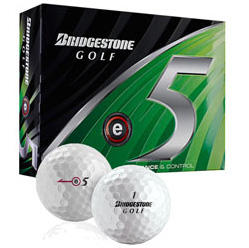
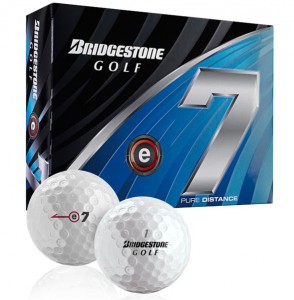


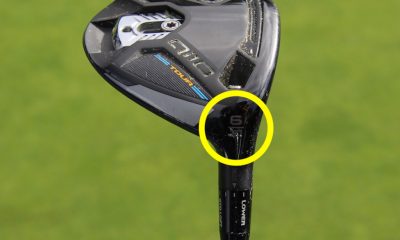

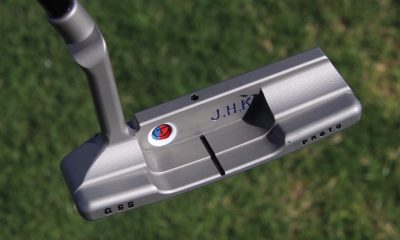



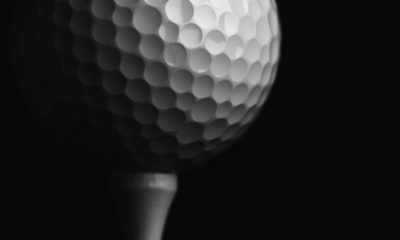

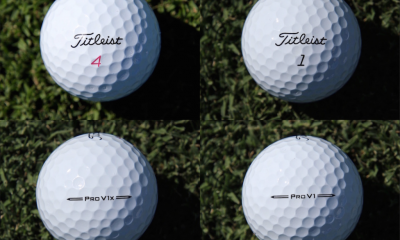

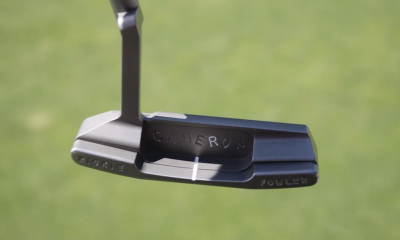














Pingback: Bridgestone Golf Ball Advertising | 10 Minute Golf
Joe Cool
Jun 7, 2013 at 4:00 pm
I found an e6 in the jungle one day. It was a one-hitter that someone had lost. I put it in play (a friend at work uses these) and it’s a very nice ball, good feel. But for 28 buxabox, I’ll stay with my GAMER
V2’s I’ve been using forever. At 20 a carton, you won’t beatem.
Pingback: Bridgestone's 2013 E5, E6 and E7 golf balls – GolfWRX | Golf Grip Instruction